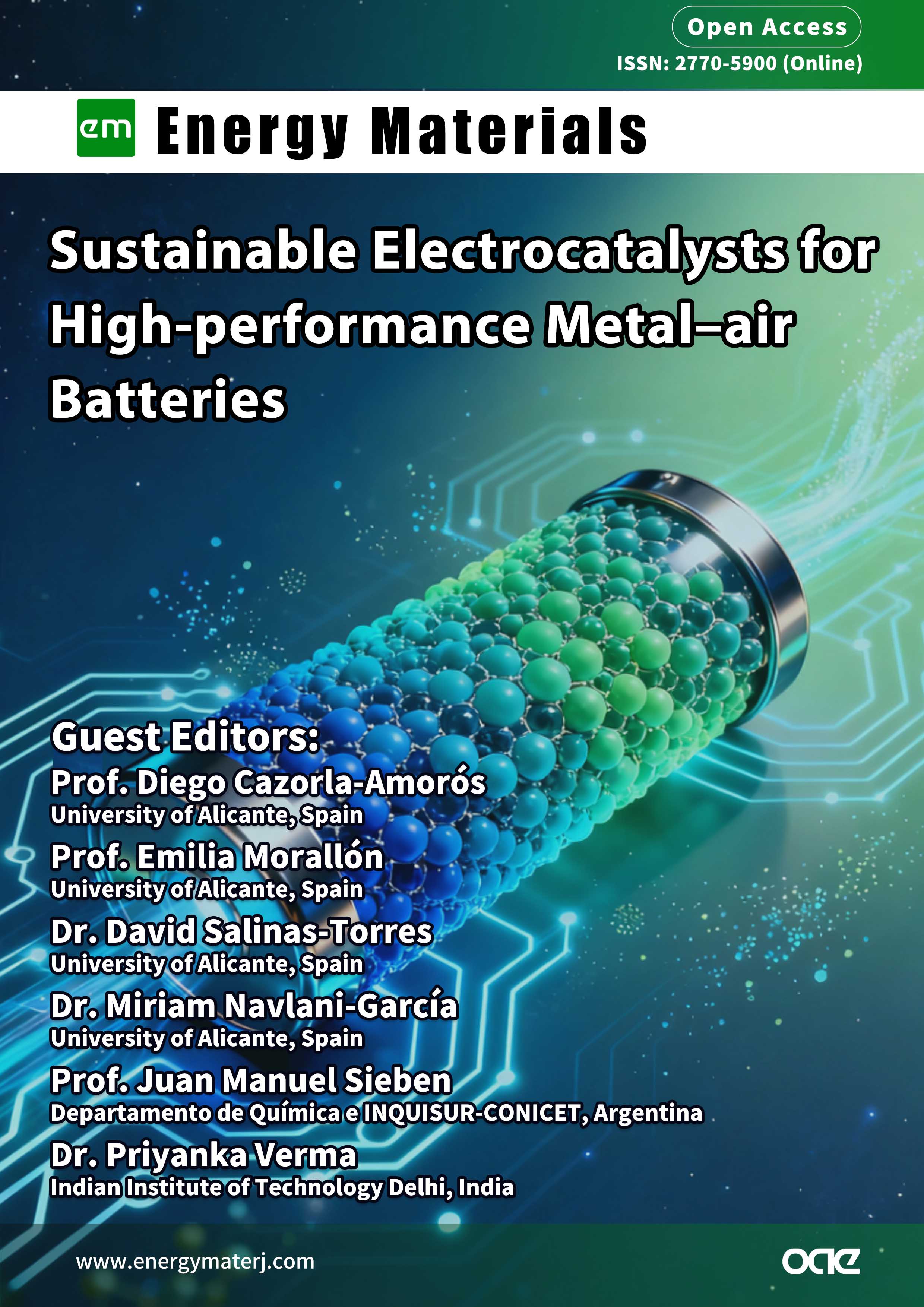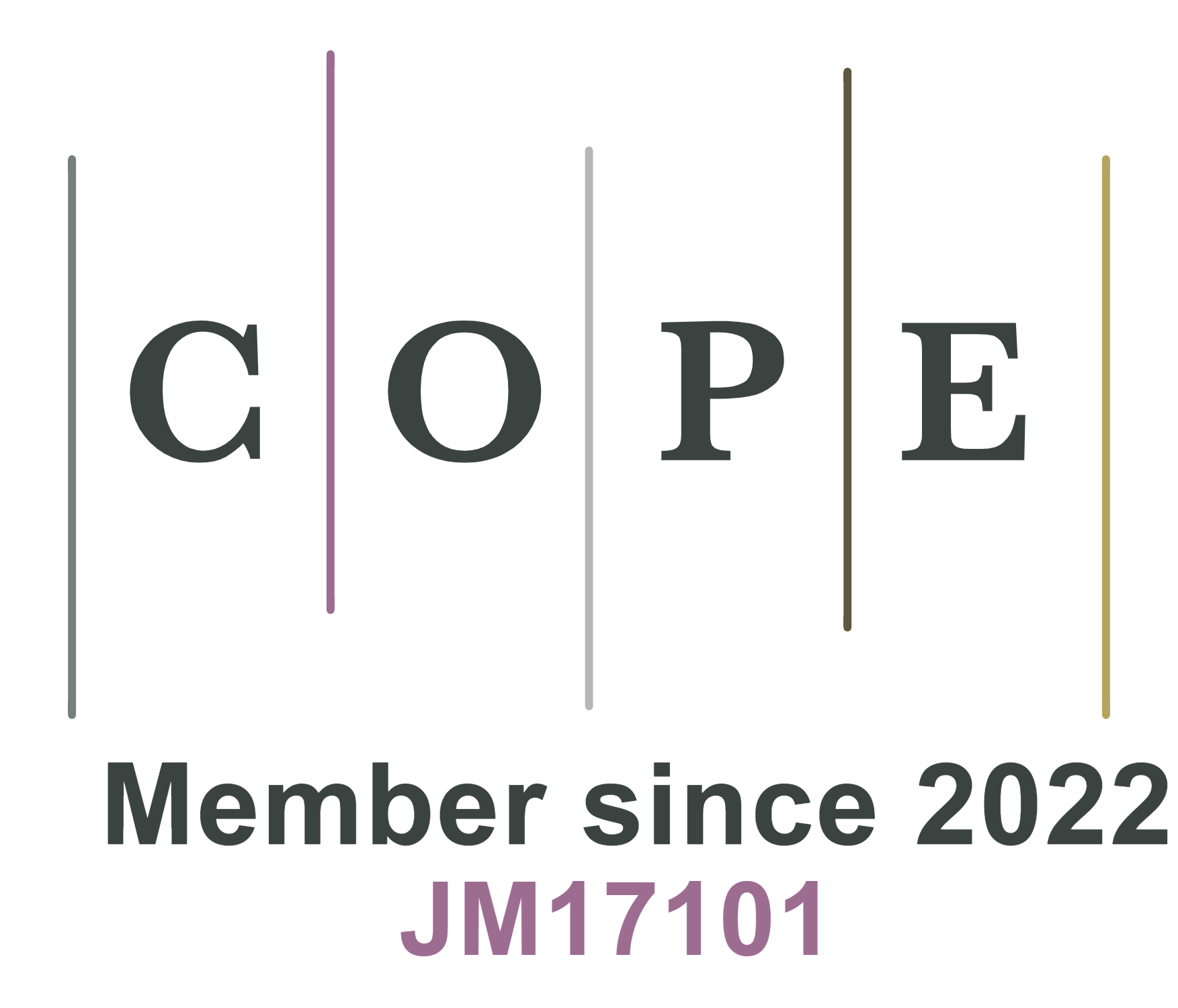
Topic: Sustainable electrocatalysts for high-performance metal–air batteries
Guest Editors
Special Topic Introduction
The growing global demand for energy, driven by rapid industrialization and the expansion of electric technologies, has intensified the need for efficient, sustainable, and high-capacity energy storage systems. The transition from fossil fuels to renewable energy sources is imperative for mitigating climate change and addressing environmental issues. However, the intermittent nature of renewable energy generation requires the development of reliable storage technologies capable of balancing supply and demand, stabilizing the grid, and supporting large-scale decarbonization.
Conventional lithium-ion batteries (LIBs), while widely adopted, face significant limitations in terms of energy density, resource availability, cost, and environmental impact. These limitations have accelerated the exploration of alternative electrochemical storage systems that can meet the performance requirements of emerging large-scale applications such as electric transportation and grid-level storage.
In this context, metal–air batteries have emerged as one of the most promising candidates thanks to their exceptionally high theoretical energy densities, lightweight configurations, and the use of oxygen from ambient air as the cathode reactant, which eliminates the need for bulky cathode materials. Electrochemical devices such as lithium–, zinc–, aluminium–, and iron–air batteries are currently being studied for a wide range of applications, from portable electronics to long-duration grid storage.
Metal–air batteries operate via the oxidation of a metal anode and the reduction of atmospheric oxygen at the air cathode. This open system design significantly enhances the gravimetric and volumetric energy density of the cell. Lithium–air batteries offer a theoretical specific energy exceeding 3,000 W h kg-1, far surpassing that of state-of-the-art LIBs. Moreover, certain metal–air battery technologies, such as zinc–air and iron–air, benefit from abundant, low-cost, and non-toxic materials, aligning well with the principles of sustainability and circular economy.
Despite these advantages, numerous challenges hinder the practical implementation of metal–air batteries. These include limited cycle life, low round-trip efficiency, parasitic side reactions, instability of the negative electrode, instability of air electrodes, and the need for highly active, selective, durable, and bifunctional catalysts to facilitate the oxygen reduction and evolution reactions (ORR/OER). In rechargeable systems, particularly lithium–air, issues such as dendrite formation, electrolyte degradation, and sensitivity to moisture and CO₂ in ambient air further complicate development.
Nonetheless, ongoing research in materials science, electrochemistry, and battery engineering continues to expand the technological possibilities. Advances in nanostructured electrodes, solid-state electrolytes, catalyst development, and hybrid designs are progressively addressing key limitations, bringing metal–air technologies closer to commercial viability.
In summary, the global energy transition depends not only on cleaner sources of energy but also on the development of next-generation storage technologies. Metal–air batteries, with their high theoretical energy potential and compatibility with sustainable materials, represent a strategic research frontier in the quest for scalable, efficient, and environmentally responsible energy storage solutions.
Metal–air batteries have attracted significant attention for their potential use in electric vehicles, portable electronics, and grid storage. However, their widespread implementation is hindered by enduring scientific and technological challenges, including limited cycle life, instability of the air electrode, the need for electrolyte optimization, and unresolved issues of scalability and safety.
We cordially invite the submission of original research and comprehensive review papers on a broad range of topics, including but not limited to:
● Study of novel and advanced electrode materials;
● Examination of emerging electrolytes;
● Comprehensive analysis of fundamental electrochemical mechanisms;
● Design of cutting-edge battery configurations;
● Sustainability analysis of metal–air batteries;
● Scalable production techniques and real-world industrial applications.
This Special Issue offers a forum for scientists to present the latest advancements and tackle key issues in metal–air batteries, contributing to the development of safer, more environmentally friendly, and highly efficient energy storage technologies.
Keywords
Metal–air battery, sustainable electrocatalysts, metal oxides, carbon materials, oxygen reduction reaction, oxygen evolution reaction, energy storage
Submission Deadline
Submission Information
For Author Instructions, please refer to https://www.oaepublish.com/energymater/author_instructions
For Online Submission, please login at https://www.oaecenter.com/login?JournalId=energymater&IssueId=energymater25101310235
Submission Deadline: 31 Mar 2026
Contacts: Meng Guo, Assistant Editor, [email protected]









